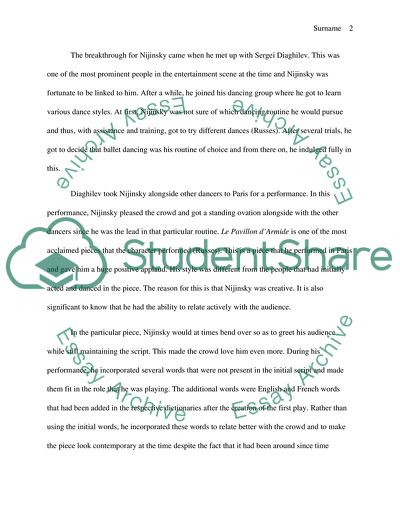Cite this document
(“Dance research paper Example | Topics and Well Written Essays - 1250 words”, n.d.)
Retrieved de https://studentshare.org/miscellaneous/1627599-dance-research-paper
Retrieved de https://studentshare.org/miscellaneous/1627599-dance-research-paper
(Dance Research Paper Example | Topics and Well Written Essays - 1250 Words)
https://studentshare.org/miscellaneous/1627599-dance-research-paper.
https://studentshare.org/miscellaneous/1627599-dance-research-paper.
“Dance Research Paper Example | Topics and Well Written Essays - 1250 Words”, n.d. https://studentshare.org/miscellaneous/1627599-dance-research-paper.


